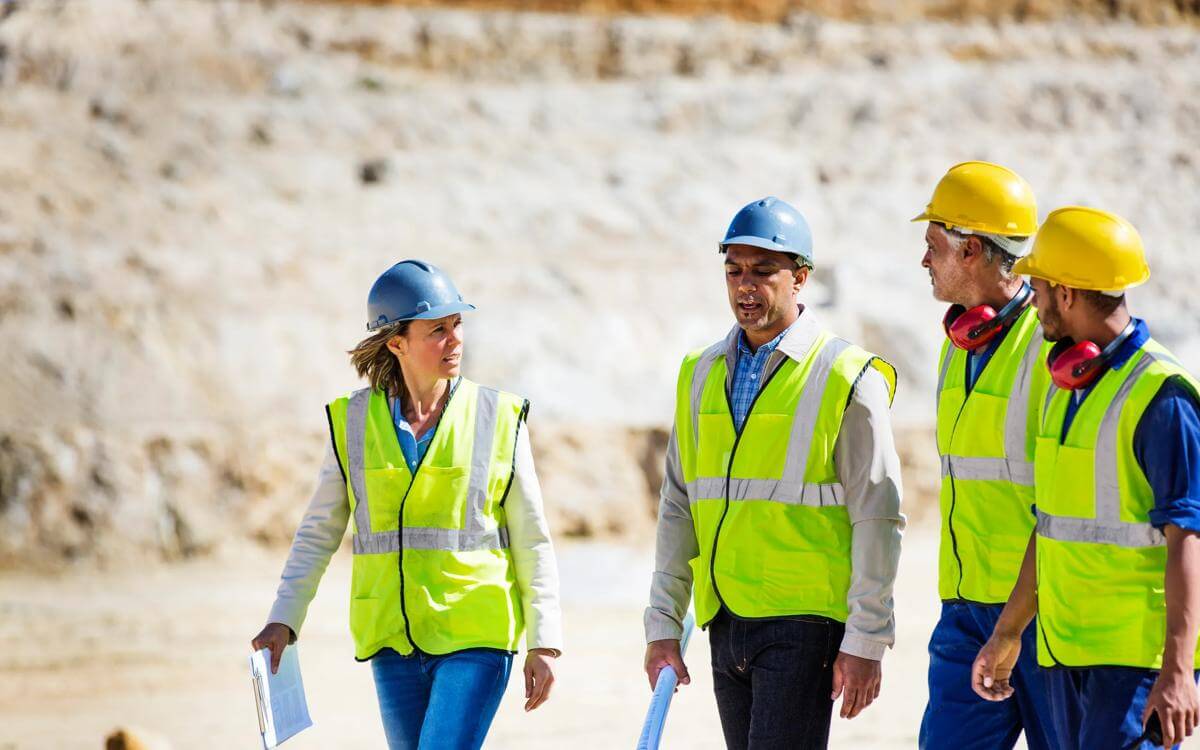Recently, the First Tier Tribunal (FTT) handed down an important judgment which clarifies the law with regard to the making of a remediation order under s. 123, Building Safety Act 2022 (BSA 2022).
In Secretary of State for Levelling Up, Homes and Communities v Grey GR Limited Partnership, the Secretary of State for Levelling Up, Housing and Communities (DLUHC) made an application for a remediation order in relation to defects in the cladding of the Vista Tower in Stevenage, Hertfordshire. The respondent, Grey GR Limited Partnership (Grey GR), is the freeholder of Vista Tower.
Although Grey GR had obtained funding from the Building Safety Fund (BSF) to contribute to the cost of remediation work at Vista Tower, and a construction contract for the corresponding work was in place, the DLUHC did not consider that sufficient progress was being made, and applied for the remediation order.
The FTT granted the remediation order, confirming the FTT has a discretion whether to make a remediation order and giving important guidance regarding the circumstances in which a remediation order will be made.
What is a remediation order?
A remediation order is an order of the FTT made under s. 123, BSA 2022 requiring a landlord of a relevant building to remedy relevant defects specified in the order within a set timeframe. For the purposes of s. 123, BSA 2022:
- A “relevant building” is a self-contained building in England, which contains at least 2 dwellings and is at least 11 metres high or has at least five storeys. There are exemptions to this which are outside the scope of this case update.
- A “relevant defect” is a building defect that causes a risk to the safety of people in or about the building arising from the spread of fire or the collapse of the building (or part of the building).
- The “landlord” means not just the freeholder but any party to a lease who is required to repair or maintain anything in the building or part of the building, and so could include, for example, a management company.
When will a remediation order be made?
The FTT may make a remediation order under s. 123, BSA 2022 on the application of an “interested person”, providing the application contains the information specified in The Building Safety (Leaseholder Protections) (Information etc.) (England) Regulations 2022 (2022 Regulations). This means the application must:
- state the application is an application under s. 123, BSA 2022;
- identify the building to which the application relates;
- identify the defects for which a remediation order is sought; and
- identify the landlord that the applicant considers is responsible for repairing or maintaining the defect.
Beyond this, neither the BSA 2022 nor the 2022 Regulations prescribe any principles as to when a remediation order should be made, or on what terms.
FTT’s decision
In DLUHC v Grey GR, the FTT considered s. 123, BSA 2022 and the 2022 Regulations, and confirmed that the FTT has a discretion whether to make a remediation order if the “pre-qualification criteria” are satisfied, meaning:
- there are relevant defects in a relevant building; and
- an application has been made by an interested person against the landlord of the relevant building which contains the information referred to above.
The FTT observed that the discretion to make remediation order will generally be exercised if the pre-qualification criteria are satisfied because remediation orders are “not a fault based” remedy, and further noted:
“We accept that a Remediation Order is a novel remedy and agree that although it might appear to be similar to an order for specific performance…different considerations apply…the focus is not on providing redress for non-compliance with a legal obligation…but on remediation of life-threatening building safety defects in tall residential buildings”.
Notwithstanding Grey GR had obtained funding from the BSF to contribute to the cost of the necessary remediation work, and a construction contract for the corresponding work was in place, the FTT determined a remediation order should nevertheless be made because:
“The works have only just started and are scheduled to last a further 17 months. In the circumstances we consider it is appropriate to make a Remediation Order… as a backstop to give reassurance [to the leaseholders]”.
The FTT appears to have considered providing such reassurance to leaseholders was important in circumstances where the leaseholders were directly affected by the defects in the building, but were not party to the funding from the BSF, nor the corresponding construction contract, and did not benefit from any control over progression of the remediation work.
Summary
The decision of the FTT in DLUHC v Grey GR suggests that, whilst the FTT has a discretion whether to grant a remediation order under s. 123, BSA 2022, respondents can expect that, if the pre-qualification criteria are satisfied, the FTT’s discretion will generally be exercised in favour of granting a remediation order in order to afford protection to leaseholders whilst meeting the objective of the BSA 2022 to improve the safety of all buildings.
Key contact

Mark Hickson
Head of Business Development
onlineteaminbox@brownejacobson.com
+44 (0)370 270 6000

Gavin Hoccom
Partner
Gavin.Hoccom@brownejacobson.com
+44 (0)330 045 2413
You may be interested in...
Opinion - Building safety
Building Safety Levy October 2026: What to expect
Legal Update - Building safety
URS v BDW: Comment and practical implications for the building industry
Legal Update - Building safety
The Building Safety Act 2022: Managing risks for private equity investors and acquirers
Legal Update - Building safety
Case update: Secretary of State for Levelling Up, Homes and Communities v Grey GR Limited Partnership
Legal Update - Building safety
Do your campus buildings comply with the latest legislation?
Legal Update - Building safety
The Building Safety Act: What to expect in 2024
Legal Update - Building safety
New building control regime for higher-risk buildings
On-Demand - Building safety
New Building Control Regime webinar
Legal Update - Building safety
Building Safety Act 2022: New duty holder and competency regime from 1 October 2023
Legal Update - Building safety
Building Safety Act 2022: New building control regime from 1 October 2023
Guide - Building safety
Government response to the consultation on the Higher-Risk Buildings Regulations
Guide - Building safety
Building Safety Act 2022 update - secondary legislation
Guide - Building safety
How will the Building Safety Act 2022 impact buildings completed before the Act comes into force?
Guide - Building safety
How will the Building Safety Act 2022 impact on the design and construction of buildings commenced after the Act comes into force?
Guide - Building safety
How will the Building Safety Act 2022 impact on the ownership and occupation of higher-risk buildings?
Published Article - Building safety
The Building Safety Act 2022: Navigating building liability orders
On-Demand - Building safety
Building Safety Bill – what’s coming and how will it affect you?
Opinion - Building safety
Building Safety Bill receives Royal Assent
Opinion - Building safety
Building Safety Bill amendments
Legal Update - Building safety
The Building Safety Bill – what does it mean for you?
Earlier this month the Government published the Building Safety Bill as part of its continuing efforts to respond to the Grenfell disaster and recommendations made following the Independent Review of Building Regulations and Fire Safety led by Dame Judith Hackitt.




















